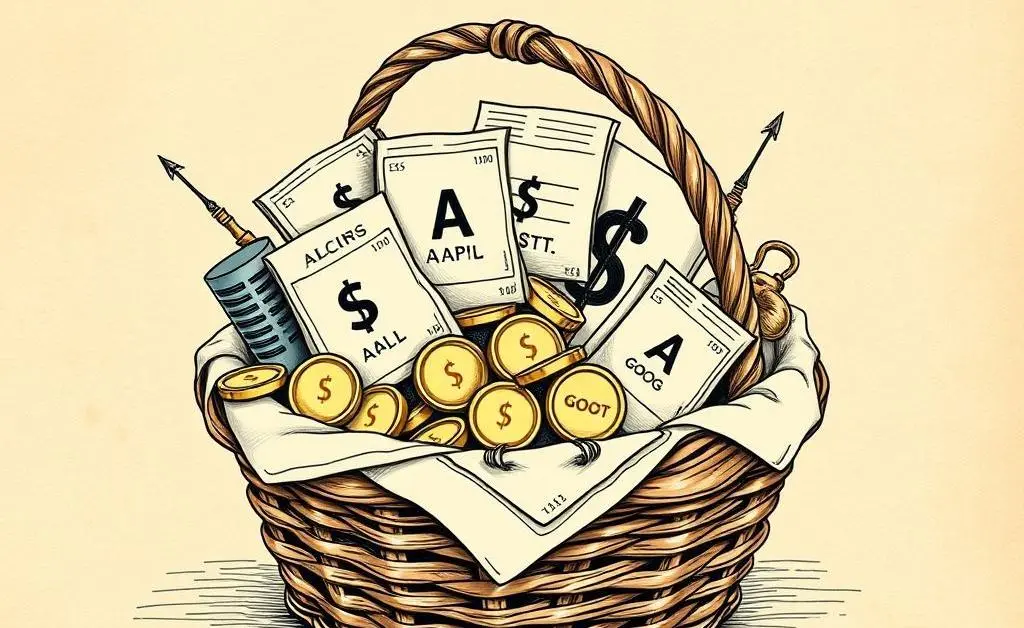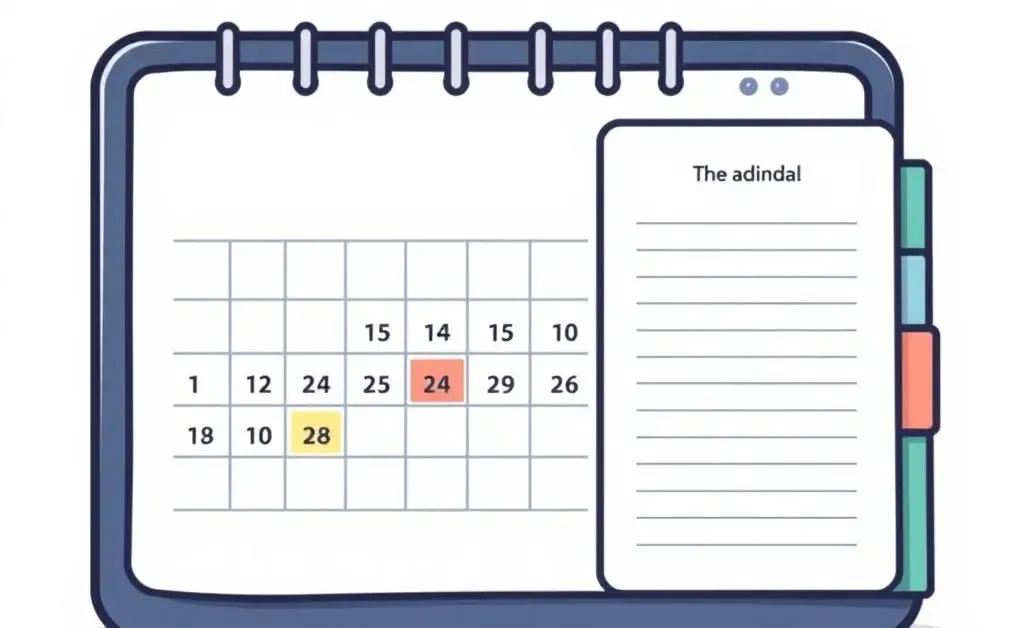A Beginner’s Guide to Dividend Investing: Practical Tips for a Solid Start
Learn practical tips for beginner dividend investors to start building a passive income stream effectively.

Diving into the world of dividend investing can feel a bit like navigating a new city without a map. Wherever you turn, there are enticing opportunities and, yes, occasional pitfalls. But don’t worry—I’m here to help guide you through this journey.
What is Dividend Investing?
Before we dive into expert strategies, let's cover the basics. Dividend investing involves purchasing stocks that pay dividends—a portion of a company’s earnings paid out to shareholders. This can be an incredibly effective way to generate passive income, especially if you're in it for the long haul.
Why Choose Dividend Stocks?
The main appeal of dividend stocks is the potential for regular income. Unlike growth stocks, which you buy hoping they will increase in price, dividend stocks provide regular payouts. Plus, they can offer a measure of stability in volatile markets.

How to Get Started with Dividend Investing
If you're excited about the prospect of earning passive income through dividends, here are some practical steps to help you get started:
1. Set Clear Investment Goals
Start by defining what you hope to achieve. Are you looking to supplement your current income, or perhaps you're planning for retirement? Clear goals will guide which stocks you choose and how you manage them.

2. Research and Select Strong Companies
When choosing companies, look for those with a history of regular and increasing dividend payments, as well as a solid business model. Financial health is crucial, so dive into balance sheets and earnings reports.
3. Diversify Your Portfolio
A diversified portfolio can help mitigate risks. Consider investing across different sectors—like consumer goods, utilities, and technology. Each sector responds differently to market swings, so a mix can keep you balanced.

4. Keep an Eye on Dividend Calendars
Knowing when companies issue their payments can help you plan your investments strategically. A dividend calendar can help you track payout dates and plan for your income needs throughout the year.

The Power of Patience
Patience truly pays off in dividend investing. It's all about steady gains rather than quick wins. Reinvesting dividends through a DRIP (Dividend Reinvestment Plan) can supercharge your returns over time. Remember, it's a marathon, not a sprint.
Takeaway: Dividend investing is an accessible and rewarding way to build passive income, but like any investment strategy, it requires careful planning, research, and a good dash of patience. What's your next step on this exciting journey?




